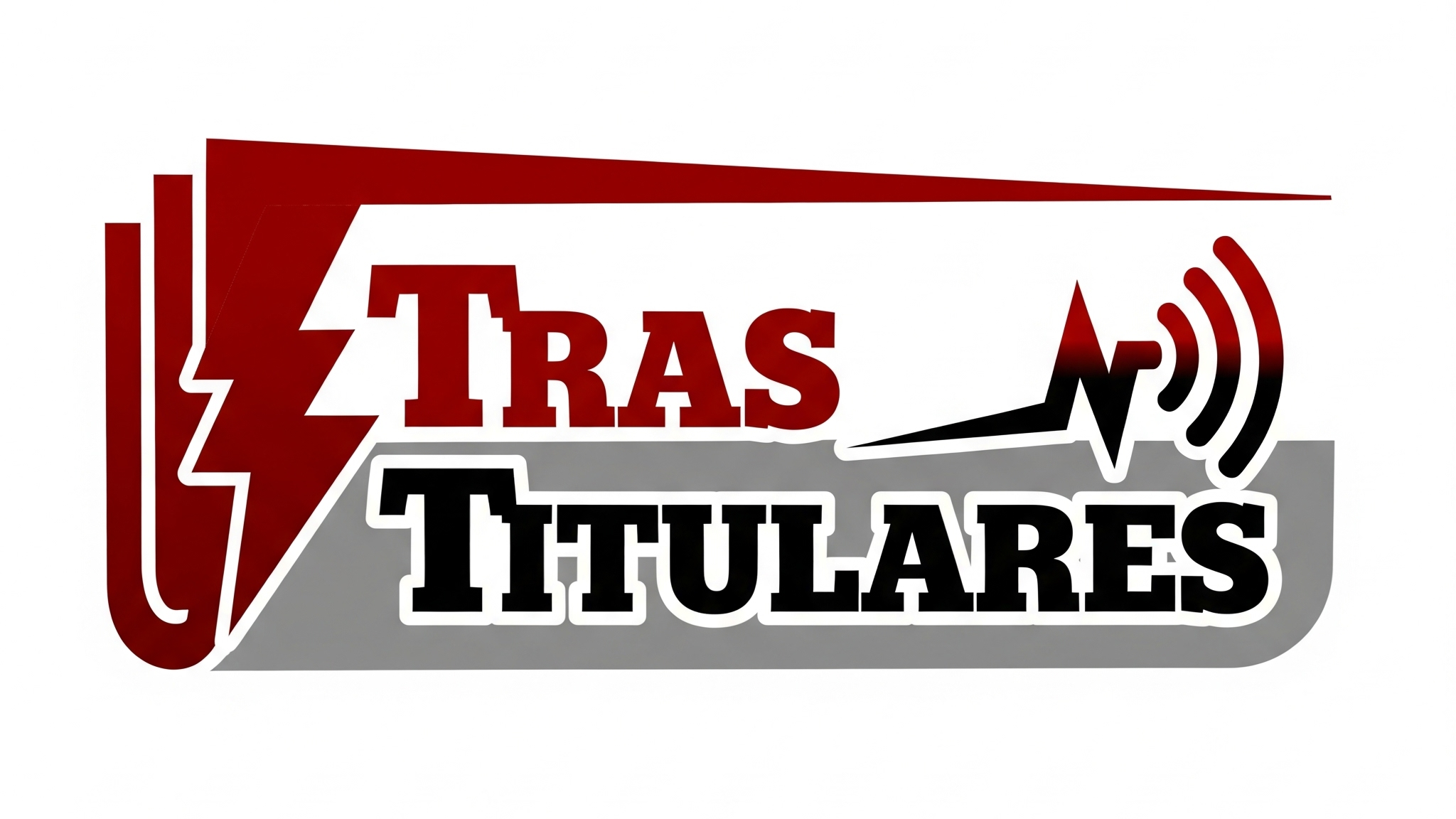Last week, the United States and Mexico postponed a planned tariff hike slated for November 1, signaling a crucial recognition in Washington: international trade is no longer a nation-versus-nation competition, but a battle between economic blocs. Within the North American bloc, Mexico is now viewed as a key strategic partner.
Currently, three major blocs dominate the global economy: North America, the European Union, and RCEP – the pact binding China to East and Southeast Asia. North America is the lightest of the three, with exports totaling $3 trillion annually, nearly half of which remains within the region. The EU is larger but more inward-focused, boasting 59% of its exports staying within its borders. RCEP, conversely, is the dominant force, shipping over $7 trillion globally with only 37% of its trade circulating internally.
This situation limits North America’s leverage. Washington is now understanding that to compete with RCEP and China, it must embrace Mexico as a strategic ally, given the high degree of integration between the two economies. The United States and Mexico aren’t simply two countries involved in trade; they are members of a highly integrated block where supply chains frequently cross the border.
Consider a common household durable like a refrigerator. This product’s value chain involves numerous inputs—electrical control boards, switch protectors, insulated conductors, and dozens more. Crucially, these inputs are expected to cross the U.S.-Mexico border repeatedly. Data released in our “Border Value” report, based on 2024 trade flows, shows the manufacture of refrigerators involves 16 border crossings. This means tariffs on products crossing the U.S.-Mexico border would be applied multiple times—each time an input crosses the border, either alone or within a more finished product—it would face a tariff again.
This isn’t just about refrigerators. The production of an air conditioning unit requires 11 border crossings, while car manufacturing involves even more. These facts underscore the high degree of integration within the North American economy. North America’s ability to compete with RCEP hinges on maintaining this unified approach. Undervaluing these ripple effects risks disrupting vital supply chains and jeopardizing the competitiveness of both the U.S. and Mexican economies. The data is clear: tariffs within North America are essentially “friendly fire.”
To remain competitive, the U.S. and Mexico need to remember they’re working together.
César A. Hidalgo is a Professor at the Toulouse School of Economics, where he directs the Center for Collective Learning. His research explores how knowledge and information shape economic and social systems. He is the founder of Datawheel, creator of platforms such as the Observatory of Economic Complexity, Data USA, Data Mexico, and Border Value. Hidalgo is also the author of *Why Information Grows* and *The Infinite Alphabet*.
Fuente: https://www.mexicodecoded.com/p/why-washington-needs-mexico-to-compete

